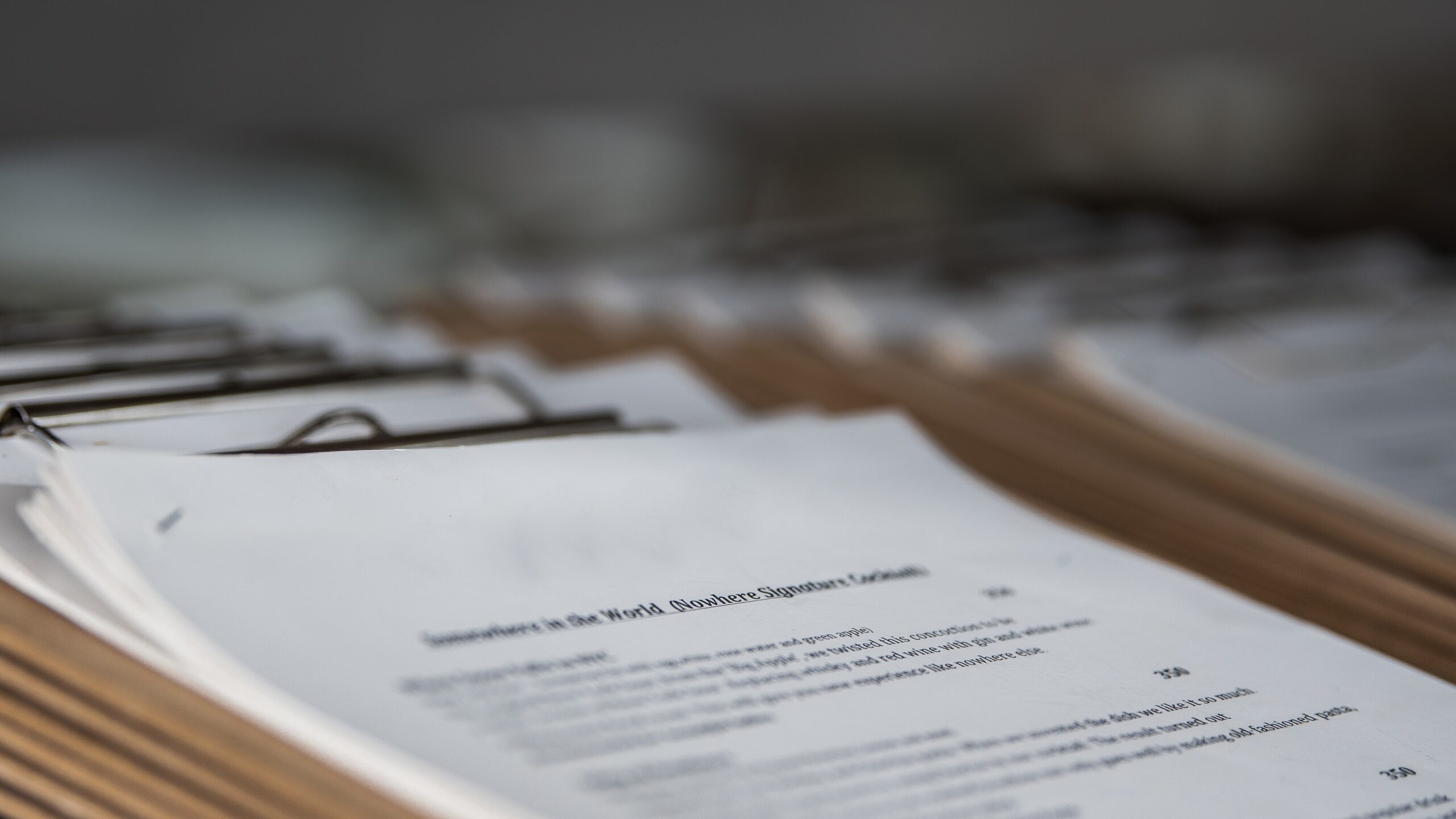Photo by Arisa Chattasa on Unsplash
Item 7 of the FDD is a comprehensive snapshot of the financial commitment required to launch a franchise. Prospective franchisees should scrutinize this section, discuss it with trusted financial advisors, and ensure they fully understand each line item before embarking on their franchising journey.
Understanding Item 7 of the Franchise Disclosure Document (FDD)
The Franchise Disclosure Document, or FDD, is a crucial tool for potential franchisees. It provides an in-depth view of purchasing and running a franchise’s operations, requirements, expectations, and legalities. Of the 23 items in the FDD, Item 7 holds particular significance as it details the estimated initial investment. This article delves into the intricacies of Item 7 and the relevance of each line item it contains.
Overview of Item 7: Estimated Initial Investment
Item 7 is designed to give potential franchisees an idea of the total initial investment required to open a franchise. This includes expenses from the time of signing the franchise agreement up to the opening of the business and for a subsequent reasonable period, often three months.
The costs can vary greatly depending on the specific franchise, location, size, and other variables. However, the layout and presentation of Item 7 are consistent across all FDDs, making it easier for franchisees to make comparisons.
Breaking Down the Line Items in Item 7
*1 Initial Franchise Fee: This is the upfront fee paid to the franchisor for the rights to operate under the franchise name. This cost is generally non-refundable.
*2 Leasehold Improvements: This includes construction costs, remodeling, or modifications needed to get the physical location up to the franchisor’s standards.
*3 Equipment: The cost of machinery, kitchen appliances, cash registers, and any other equipment necessary to operate the franchise.
*4 Signage: The costs related to exterior and interior signs that display the brand’s name and other promotional materials.
*5 Initial Inventory: The cost of the stock of products or goods necessary to begin operations.
*6 Grand Opening Advertising: Promotional expenses to announce the opening of the franchise to the public.
*7 Insurance: Premiums for the insurance coverage required by the franchisor.
*8 Licenses and Permits: Fees for any local, state, or federal licenses and permits necessary to operate the business.
*9 Training Expenses: Costs related to training programs for the franchisee and their staff as mandated by the franchisor.
*10 Security Deposits: Deposits required for utilities, lease, or other services.
*11 Professional Fees: Costs of services like accountants or lawyers consulted during the franchising process.
*12 Additional Funds: An estimate of other operating expenses the franchisee will incur during the business’s initial phase (usually the first three months).
*13 Other Potential Expenses: This can be a catch-all category for any expenses not covered in the above categories, specific to the franchise or its industry.
Why is Item 7 Crucial?
For potential franchisees, understanding Item 7 is imperative for a myriad of reasons:
Budgeting: Knowing the initial investment helps franchisees secure the necessary funds, be it through savings, loans, or investors.
* Comparative Analysis: Prospective franchisees can compare the initial costs of different franchises, aiding in making an informed decision.
* Hidden Costs: Item 7 provides transparency, ensuring unforeseen expenses do not blindside franchisees.
* Business Plan Development: The detailed breakdown helps craft a more accurate business plan, which is essential for securing loans or attracting investors.
* Risk Assessment: By having a clear picture of the initial investment, franchisees can better assess the financial risk.
In conclusion, Item 7 of the FDD is a comprehensive snapshot of the financial commitment required to launch a franchise. Prospective franchisees should scrutinize this section, discuss it with trusted financial advisors, and ensure they fully understand each line item before embarking on their franchising journey. Knowledge is power, and in franchising, Item 7 is a significant component of empowering and executing that knowledge.
===============================
This article was researched, developed and edited with the support of AI


